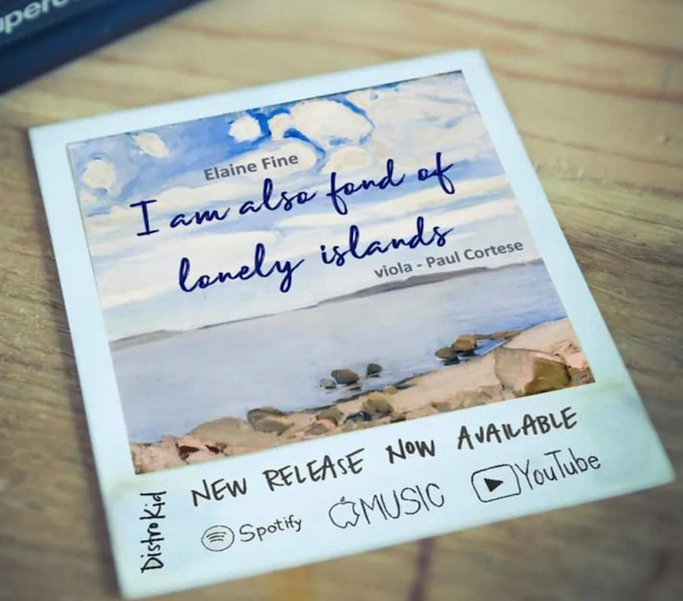As you can hear, this is deeply attractive music, where the material and the sound and textures of the piano make for an ideal and extraordinarily rich eight minutes. It is undeniably beautiful. The orchestration for this recording was made by Trevor Weston for Karen Walwyn's first performance in 2010, but now that Price's own orchestration has been found, a new recording has been made to celebrate the renaissance of this concerto in its original form (a one-movement work that is divided into three sections).
Karen Walwyn and the Arkansas Symphony, conducted by Geoffrey Robson, have made a new recording of the Concerto. Here's the press release:
LITTLE ROCK, Ark. – The Arkansas Symphony Orchestra (ASO) has released the world-premiere recording of groundbreaking Little Rock composer Florence Price’s own orchestration of her “Piano Concerto in One Movement.” Concert pianist Karen Walwyn joined ASO musicians and Artistic Director and Conductor Geoffrey Robson for the first commercial recording by ASO to be made available worldwide. This work was recorded at Robinson Center Performance Hall following a free community concert ASO performed in September 2021. The free concert celebrated the Little Rock community’s diverse musical traditions and kicked off a series of performances and events recognizing Florence Price’s musical legacy. The recording was released in advance of Florence Price Day, April 9, marking 135 years since her birth in Little Rock, Arkansas.Here's a link to the ASO webpage about the recording, which includes the names of the musicians in the orchestra, and has a huge list of streaming services where the recording will be available.
“It is our hope that this recording will contribute depth and clarity to the interpretation of Florence Price's unique music. We feel the spirit of Little Rock in her music and believe this is a significant step forward in our efforts to honor and recognize the rich musical heritage of this region,” said Robson. “We hope this recording will serve as inspiration to others who are learning about and performing the music of this very important American composer, Florence Price.”
In 1933, Price made history when her “Symphony in E Minor” had its world premiere with the Chicago Symphony Orchestra, making her the first African American woman composer to have her music performed by a major orchestra. Despite her success, her music was largely ignored by orchestras during her life and in the decades afterward because of her race and gender. During her time in Arkansas, Price lived in Little Rock’s Dunbar neighborhood. The Dunbar Historic Neighborhood Association partnered with the concert sponsor Stella Boyle Smith Trust to present the free community concert which featured Price’s work. The performance also included an outdoor livestream of the concert for residents of the Dunbar neighborhood.
“While groundbreaking in her time, many musicians and music lovers are just now discovering the catalog of Price’s music almost three generations later. Her work is not only historically important but is also truly inspired music that has the power to move hearts and minds today,” said Michael Mayton, trustee of the Stella Boyle Smith Trust. “It has been an honor to play a role in bringing the music of Florence Price to the forefront, celebrate her contributions and help inspire the next generation of musicians and composers.”
“When I reflect on the life of Florence Price, I am reminded of Dietrich Bonhoeffer who urged us to live as if we have a future no matter how many challenges and trials we encounter. In spite of spirit killing personal and professional disappointments and betrayals, Florence Price continued to compose exquisite music,” said Dr. Sybil Jordan Hampton, former president of the Winthrop Rockefeller Foundation, inductee into the Arkansas Black Hall of Fame and Life Member of the ASO Board of Directors. “The fact that this music was little known and rarely acknowledged during Price's lifetime did not stop the quest for excellence. Florence Price had hope because she believed her work had meaning and purpose. Florence Price has given me the gift of soul satisfying music and an example of the fine art of growing roses in concrete.”


















